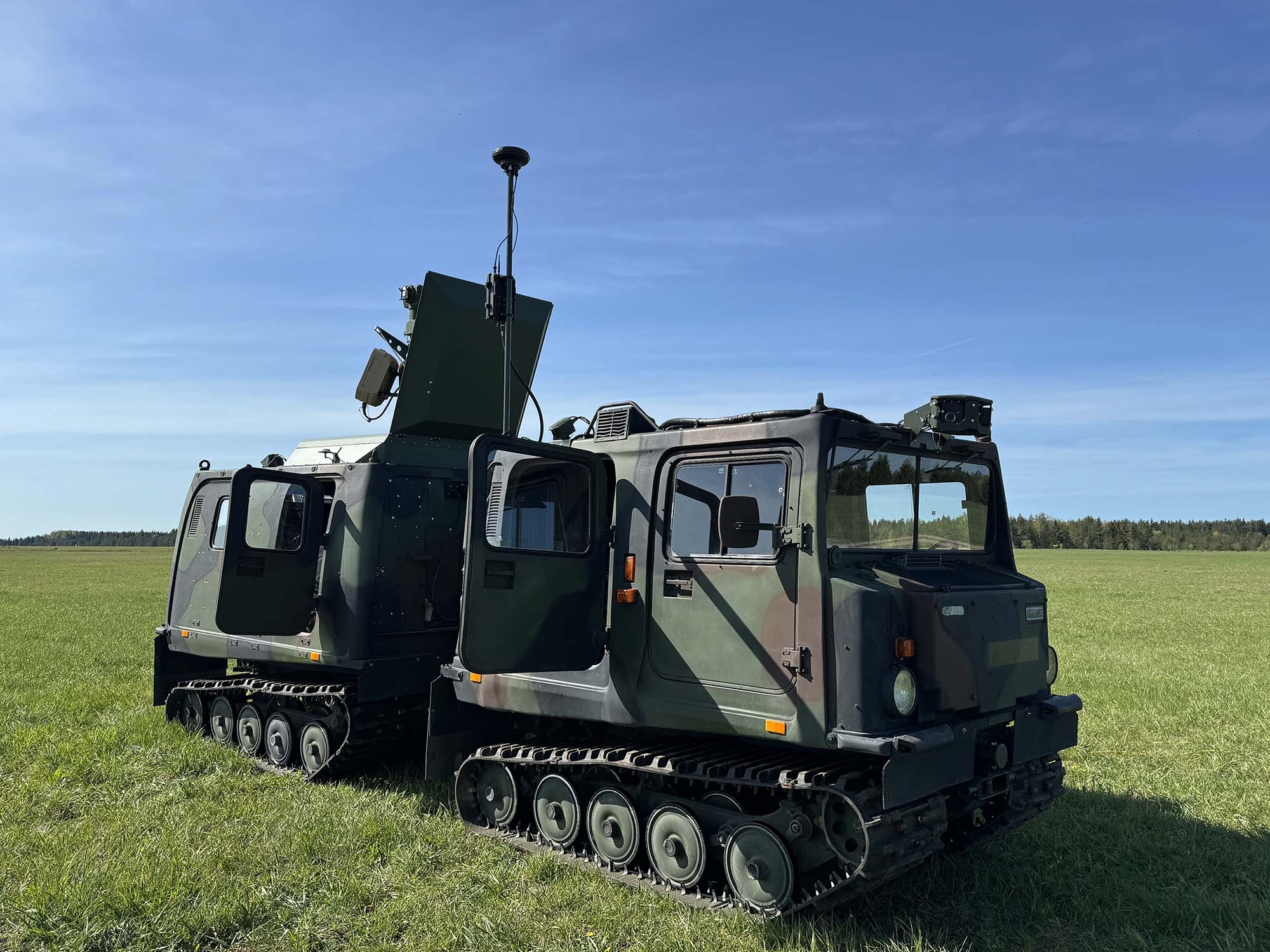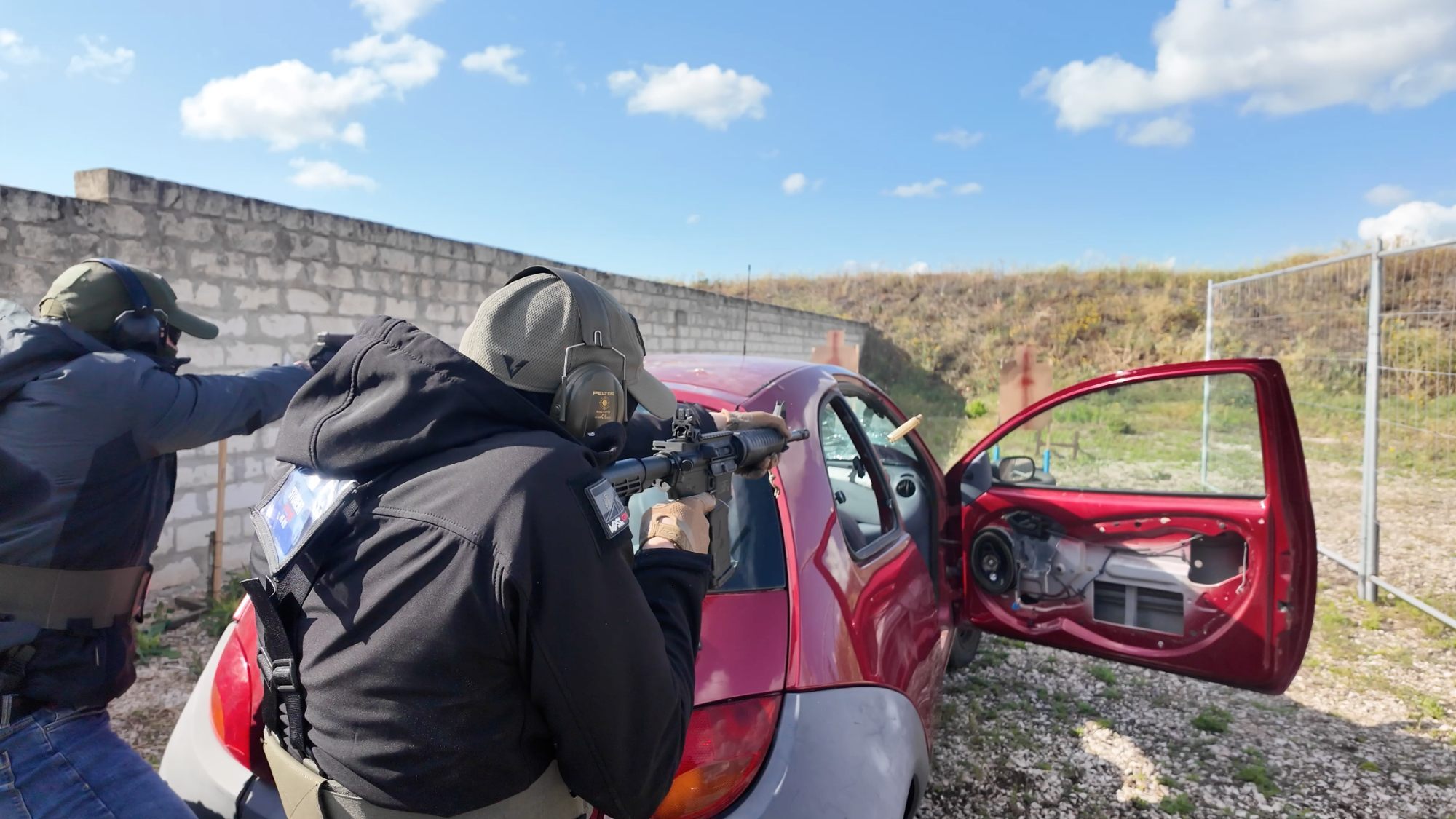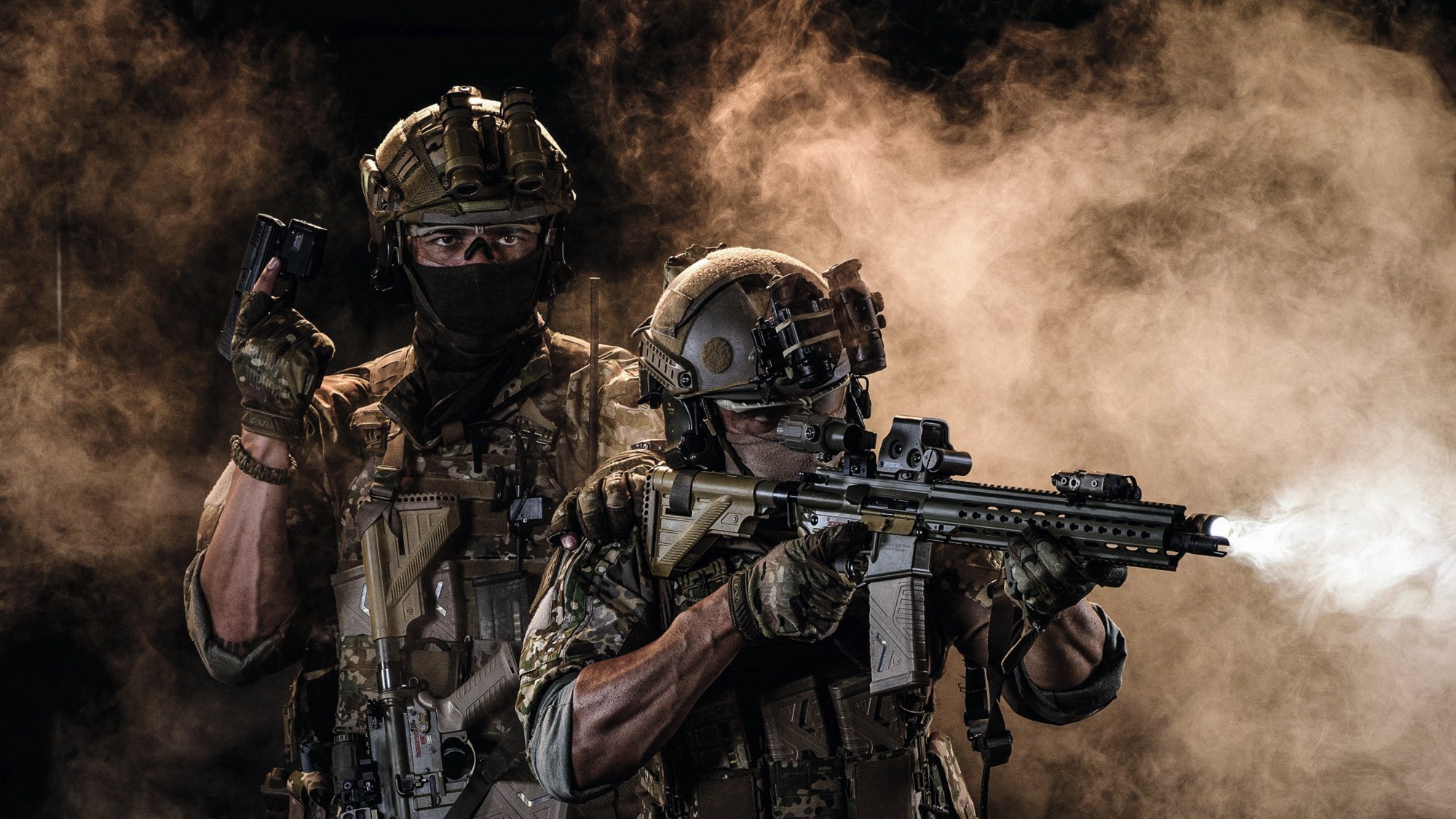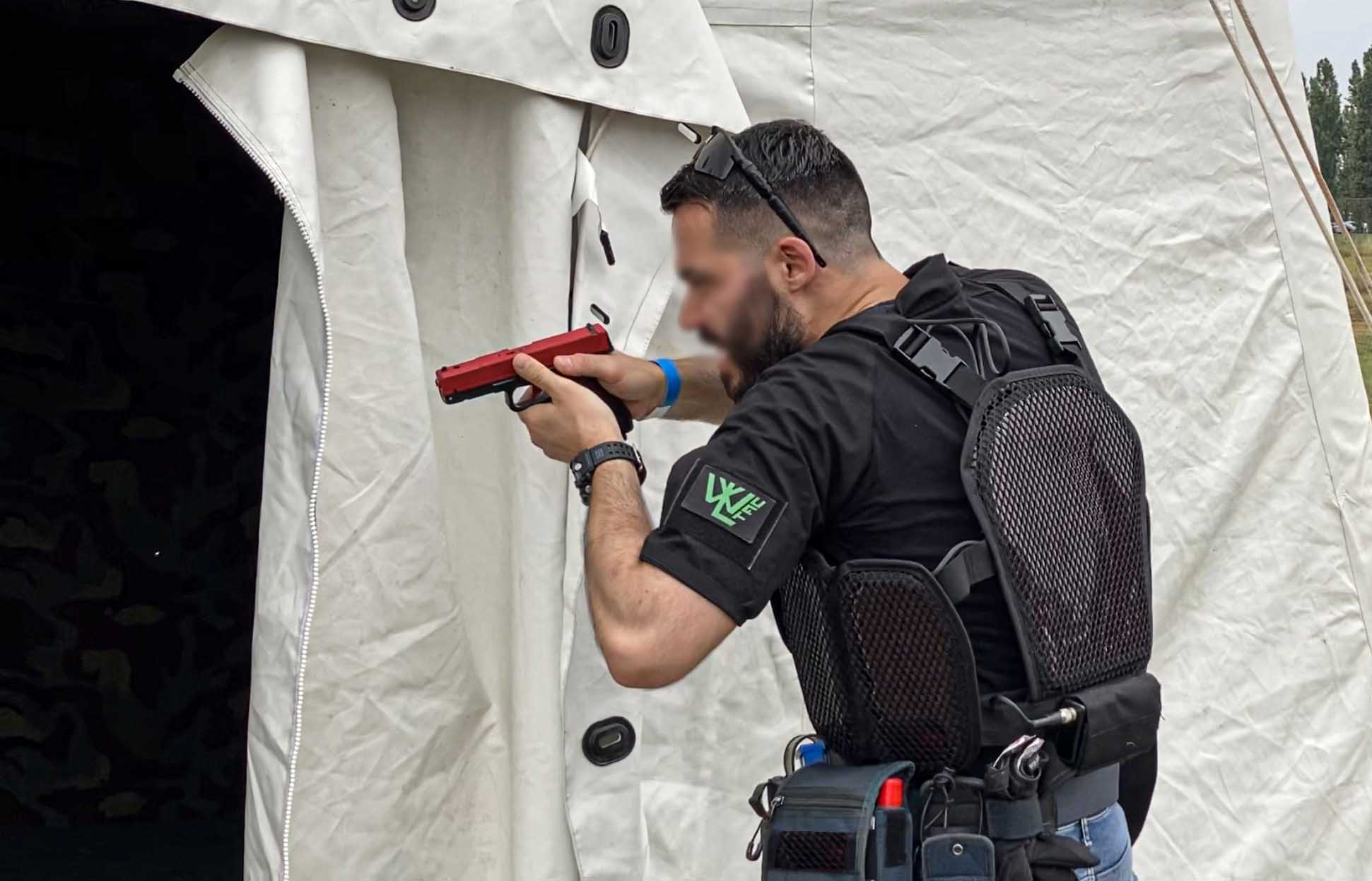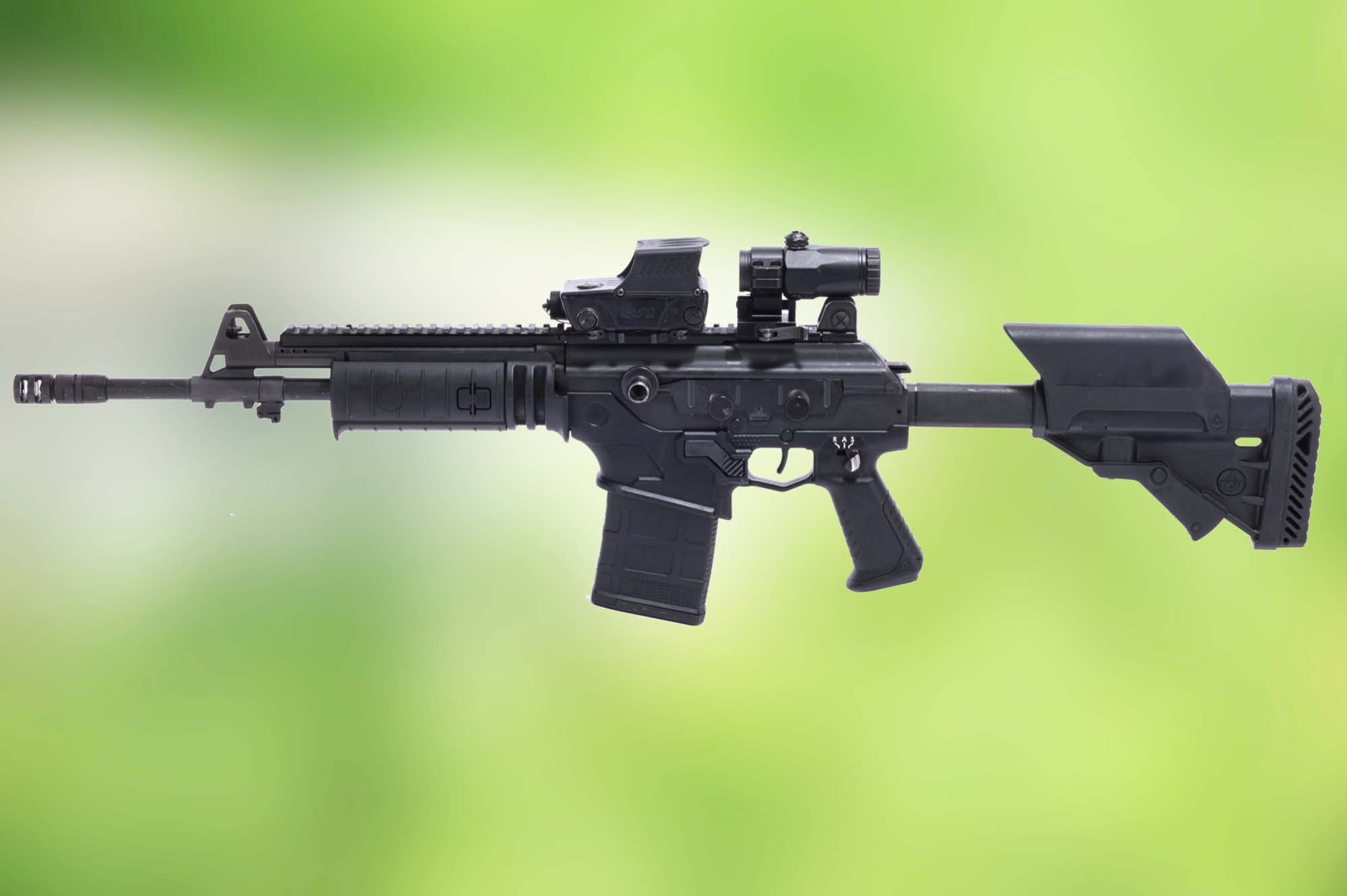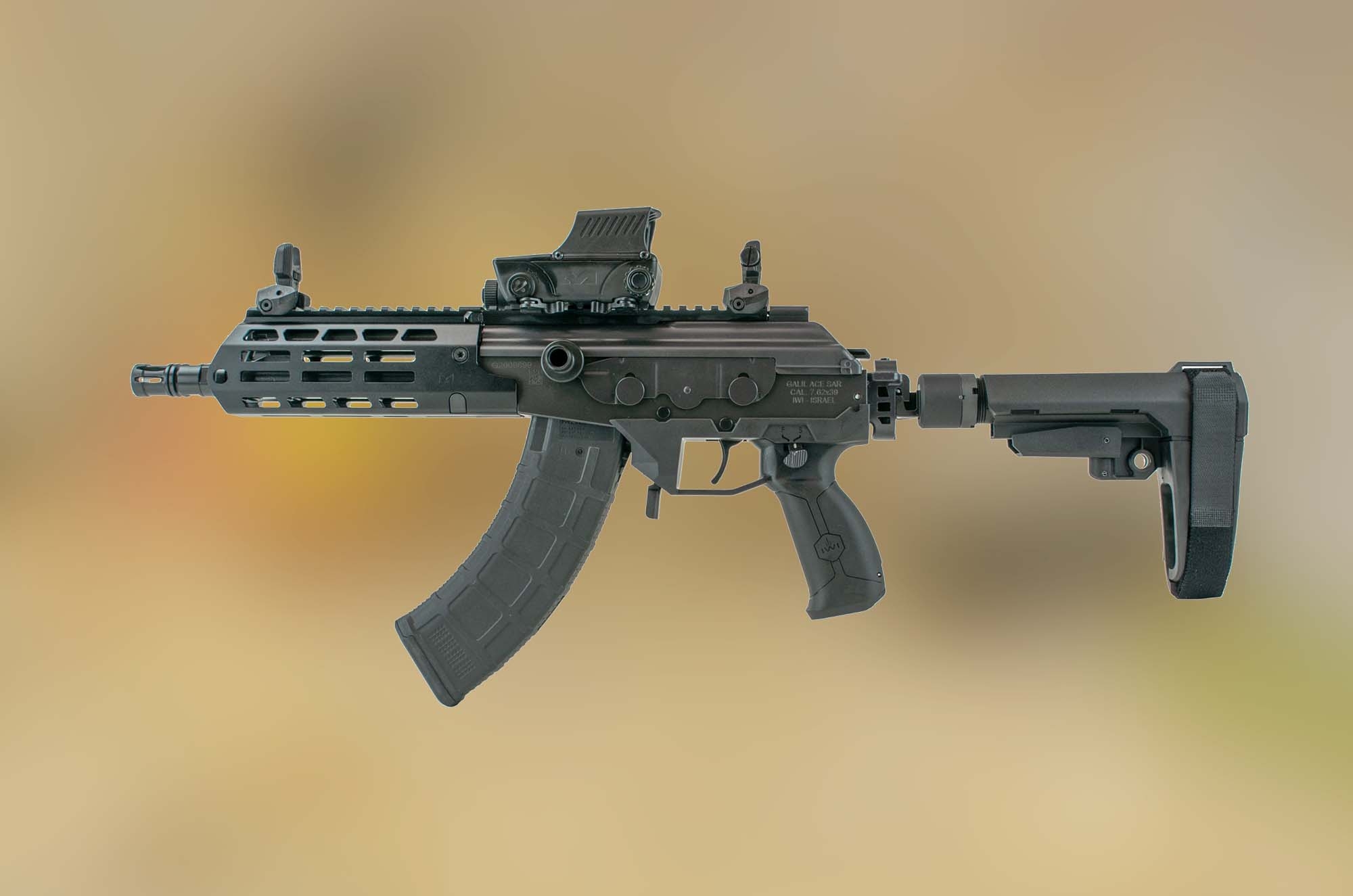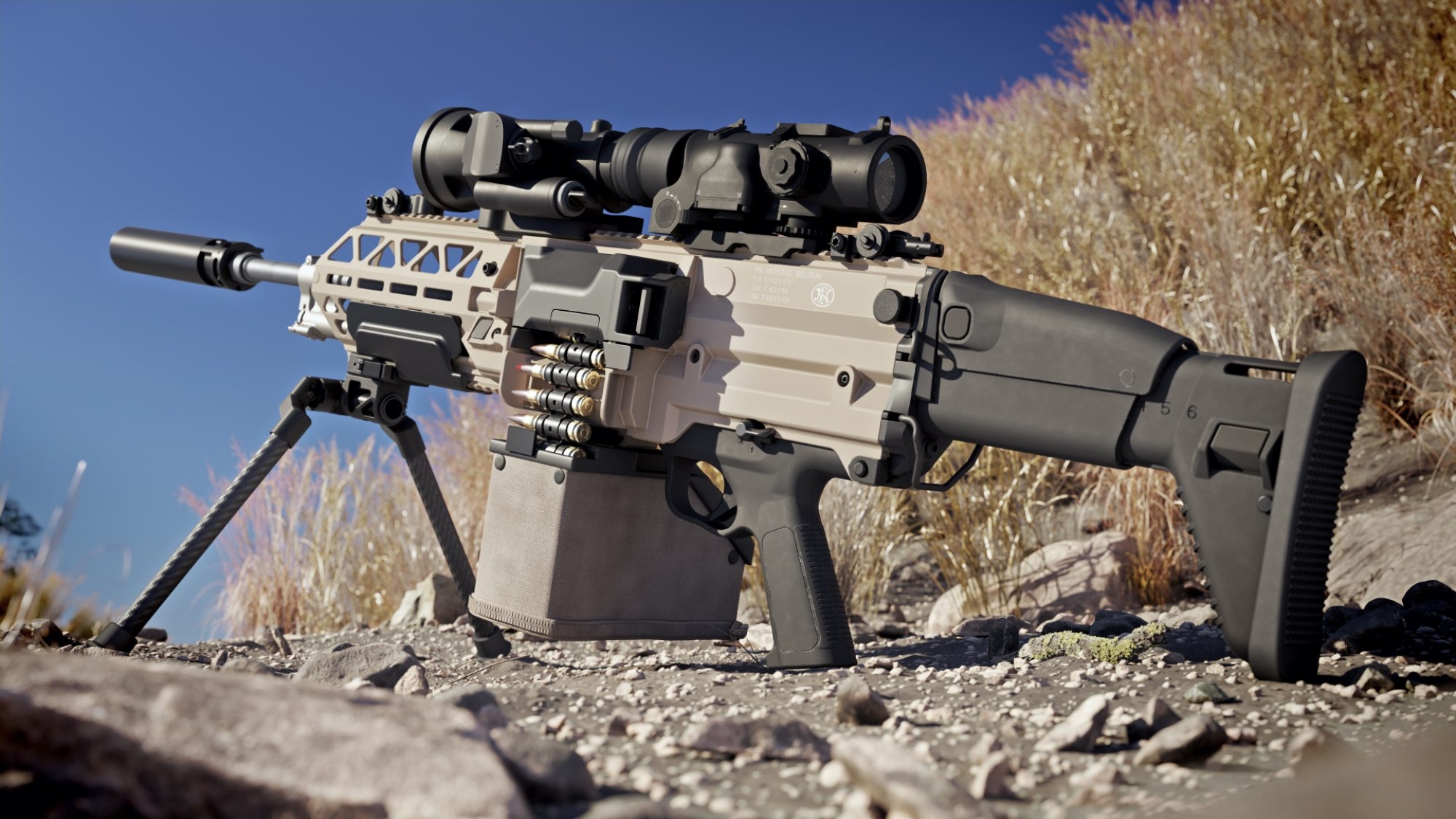"Who dares wins" is the motto of the British 22nd Special Air Service (SAS) Regiment, and thus the model for all modern military special forces. The motto applies not only to the commanders or the "operators", but above all to the political leadership.
A wide range of tasks
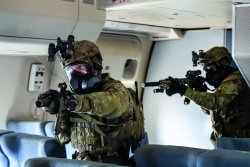
The range of tasks performed by such units includes the following areas of activity:
- Direct Action (DA; combat operations against targets of strategic and/or operational importance);
- Special Reconnaissance (SR = gaining key information for strategic and operational command levels);
- Military Assistance (MA, cooperation and training support to security forces in partner states);
- Protection of own forces at a distance and of persons in special situations;
- Hostage Rescue & Recovery (HRR, also HRO = Hostage Rescue Operations; rescue and release of persons from captivity, hostage-taking or terrorist threat);
- Counterterrorism (CT; offensive measures to counter terrorist threats and fight against subversive forces);
- Unconventional Warfare (UW; unconventional warfare);
- Covert Operations (covert operations in the task spectrum of the armed forces).
These tasks must be performed by military special forces worldwide and in all climatic zones, often in areas that are difficult to access and controlled by the enemy or even in hostile environments. The key success factors for special forces operations are therefore secrecy, good reconnaissance and mission planning, as well as determination, speed and precision. In addition, of course, there is excellent training.
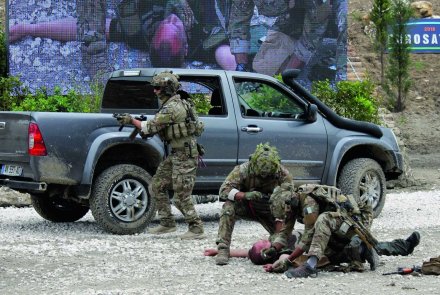
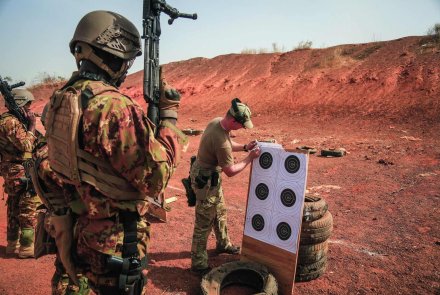
You lead the way
The question of how to choose the right personnel inevitably arises. The physical and psychological demands on such a soldier prove to be extremely high and training takes several years. Apart from that, life is a never-ending process of learning, which means that training and further education are constantly being provided. There is a constant attempt to broaden the recruiting base. This leads to a much-noticed and discussed topic outside the military: the role of women in Special Forces. In staff, command and support functions, as well as in medical services, they have long been part of the military picture. Not, however, among the actual command soldiers. The basic rule is that those who perform equally well physically and mentally can qualify. That's why, up to now, deployments have mostly been a matter for men. The rule is confirmed by exceptions such as the US Army's Green Berets in the summer of 2020 or the Danish Fromandskorpset (Frogman Corps), where in each case a woman was able to successfully complete the corresponding training.
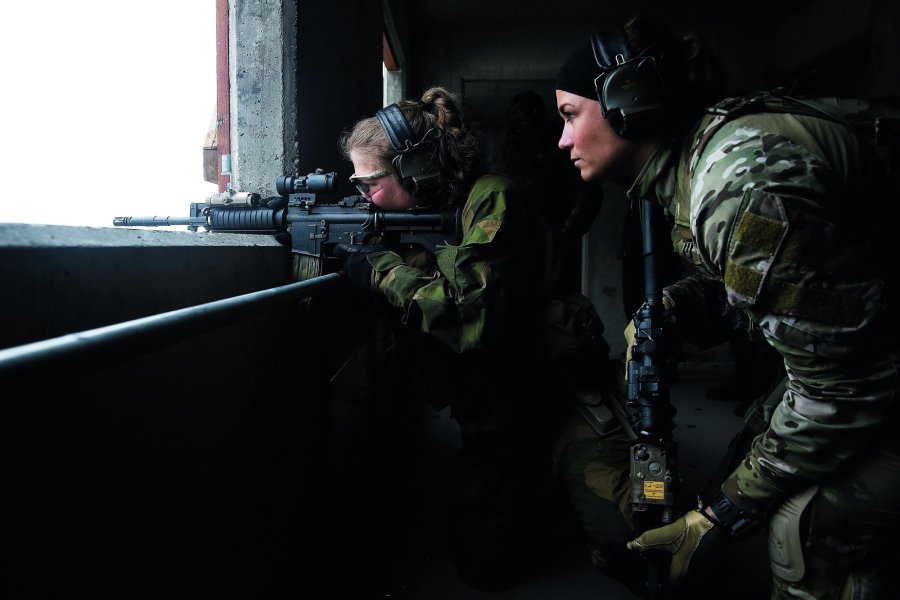
In the course of missions in other cultures, on the other hand, a well-founded larger gateway for the supposedly weaker sex emerged. Female soldiers, for example, were to accompany special forces on missions. Primarily, they are supposed to communicate with the local female population, but their job also consists of conducting strip searches, for example.
In some cases, female soldiers from the "line" – such as military police officers – are assigned to support the special forces for this purpose. In some cases, posts for separate female support forces have been created within the special forces, such as in the German Kommando Spezialkräfte (KSK). Norway even began to establish its first all-female special forces unit, the "Jegertroppen", in 2014. Initially intended as a one-year pilot project, it was later extended and is now considered a success.
Special forces can draw on support forces and the "line troops" for their missions.
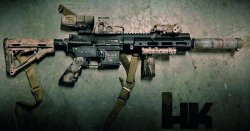
Semi-officially, a three-tier hierarchy has been established here – tier one to tier three. Tier one: the actual special forces. For example, the British 22nd SAS Regiment or the US 1st SFOD-D, the "Delta Force”. Tier Two: larger special forces units such as the US Army Special Forces. Tier three: specialized forces providing direct tactical support to special forces, such as the 75th Ranger Regiment (USA).
The main weapon system of the special forces remains the operator, i.e. the commando soldier. His combat value, in turn, can be increased in various categories:
Mobility: on land, at sea and in the air. Here, the main focus is on smaller platforms such as small tactical vehicles, reconnaissance and combat vehicles, helicopters such as the H145M support helicopter or rigid-hull inflatable boats.
Special equipment: such as tactical gliding parachute systems, underwater scooters and the like.
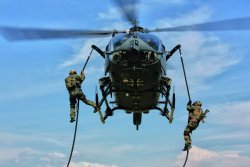
Weapon systems: in terms of precision and reliability, they must be tailored to the specific needs. The FN SCAR assault rifle, for example, was developed specifically for US special forces. Light and heavy weapons in 5.56x45mm and 7.62x51mm, respectively, are still in use, but new calibers are being evaluated in the USA. Special weapons complement the handgun inventory. For example, precision semi-automatic or silenced guns are on the procurement lists.
Night combat capability: the ability to operate in the dark often represents a tactical advantage at present. However, even non-state adversaries are catching up in this capability as night vision technology becomes increasingly available.
Unmanned systems: vehicles of all sizes on land, sea, and air carry reconnaissance sensors and ordnance, independently bring in supplies, or assist in wounded evacuation. Similar to night vision technology, "non-state actors" are also catching up – read: terrorists. Therefore, defense against such technology is gaining importance.
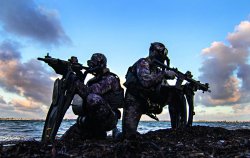
Soldier systems: these include everything else that can increase the combat effectiveness of the command soldier in the capability categories of reconnaissance, impact, protection and mobility (such as clothing, personal equipment, radios, opening technology). In the special forces sector in particular, there is a rapid modernization cycle to keep up to date. Accelerated procurement procedures therefore appear to make sense.
Special forces will remain strategic high-value instruments for the foreseeable future. However, it also requires the political will to draw on their capabilities – and in this aspect there appears to be potential for optimization.
In the next installments here on all4shooters.com we will discuss other aspects related to special forces.
Original text: Dr. Jan-Phillipp Weisswange



